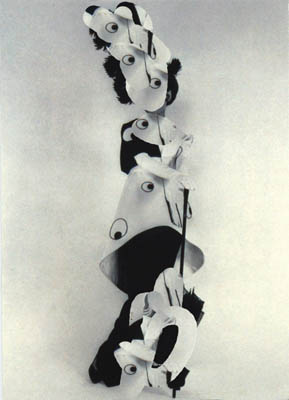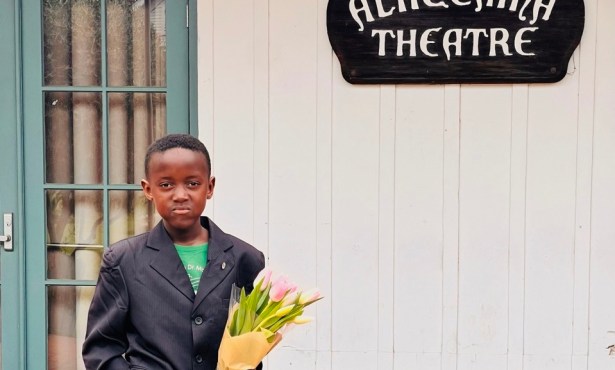Why It’s Smart to Invest in Art
Collecting 101

Now that the politicos are beginning to utter the “R” word, it seems to be as good a time as any to rethink investment strategies. Believe it or not, one of the best ways to diversify that portfolio (or make better use of the cash stashed under your bed) is to invest in a product that you can actually appreciate while it appreciates: art.
For the beginner collector, entering into the art market can be daunting: It means defining your taste beyond your college-poster Van Gogh print, embarking into the strange and sometimes intimidating world of art galleries, and finding just the right piece that will make you feel that your money has been well spent. What many don’t know is that investing in art can be just as lucrative an economic venture as buying stocks. In fact, between 2001 and 2005, art performed better than stocks in their respective markets, and in an NYU study published at slate.com, art and stocks yielded about the same return (around 10.5%) over a 50-year period. So before you buy that killer pair of shoes, consider using that same amount of cash to buy a piece of art that will equally reflect your excellent style and taste.
Miki Garcia, the executive director of the Santa Barbara Contemporary Arts Forum, offers her theory on the contemporary collector. “I believe there is a new paradigm where the market has expanded to become more accessible,” she says. “There is less of a need for blue chip artists in the last 5-10 years because more art students have become dealers, opening up the market for emerging and mid-career artists.” That means lower-priced entry points for the beginning art collector.

Even for those who are simply what Garcia calls “design literate”-people who appreciate good design in everyday items like kitchen appliances-collecting art can be a deeply satisfying pursuit. And ultimately, one of the best advantages of venturing into collecting art is becoming an art patron and supporting artists.
Still not convinced? Here are a few tips to help you take the leap into art collecting:
Factor art buying into your budget.
Whether you can designate $50 or $5,000 a year, setting aside a portion of your yearly spending for purchasing art can be a rewarding investment. Unlike big-ticket items such as computers and cars that begin to lose value the minute your purchase them, art has a longevity that outlasts even the newest technology.
Identify galleries that specialize in emerging artists.
Smaller Santa Barbara galleries that only exhibit emerging artists offer an ideal way to find high-quality art that fits your budget. And by making a personal connection with gallery owners, you can get more individualized service to help grow your budding collection.
Buy limited edition prints.
Even though they are not unique pieces of art, limited edition prints are the perfect entry point into the art market because they are affordable and easy to manage. Online galleries like Blue Flip Art (blueflipart.com) and Tiny Showcase (tinyshowcase.com) offer limited edition prints for around $20-$40 each. These are works by emerging artists, and a portion of the proceeds goes to the artist’s charitable organization of choice. Santa Barbara’s Gallery Ocho recently launched a similar program for new art collectors called Sideshow (galleryocho.com/sideshow) that offers a selection of three limited edition prints for $20 apiece on the first day of every month. You can even sign up to buy all three prints as an automatic purchase over the course of a year and watch your art collection grow without having to lift a finger.
Stretch your dollar.
If you find a piece of art that you adore but you can’t quite swing the price tag, one of the best ways to keep costs down is to ask to see the gallery’s drawers, where they store works on paper. Often, the gallery will have other pieces from the same artist at more affordable prices. In addition, most galleries will set up a payment plan-the modern day layaway-so that you can pay for the piece in smaller, more manageable payments over an agreed-upon time period.
Trust your instincts.
Alissa Anderson of Edward Cella Art + Architecture sums up the basic tenet of collecting this way: “Buy what you love.” Regardless of the piece’s appreciation over the years, buying art you love means its real value will always go up.



